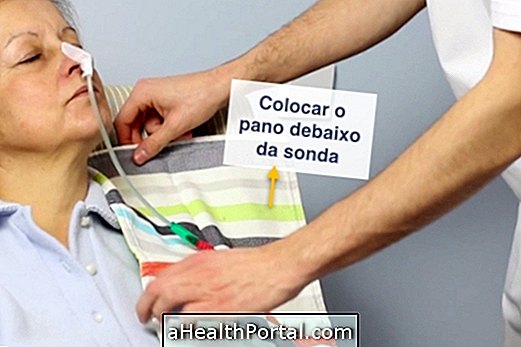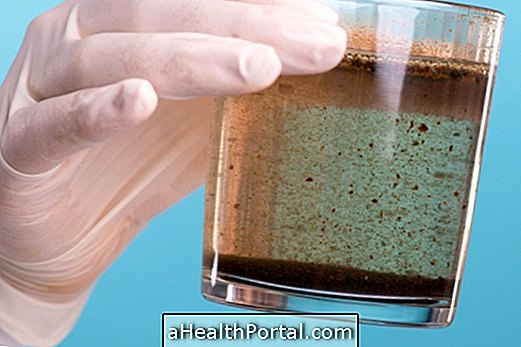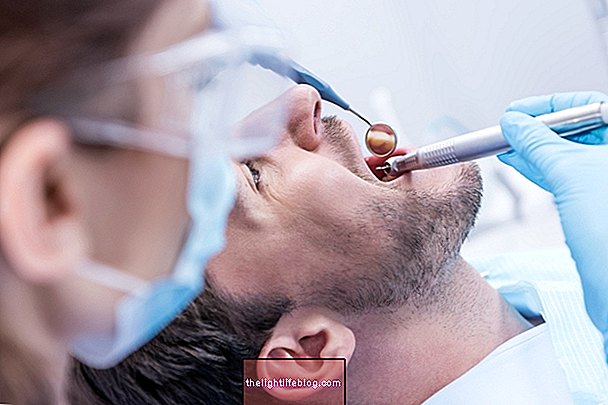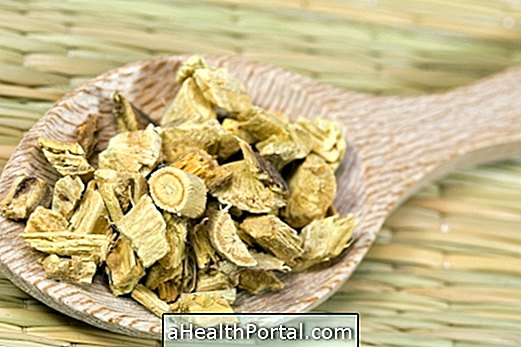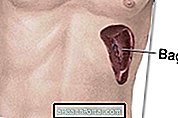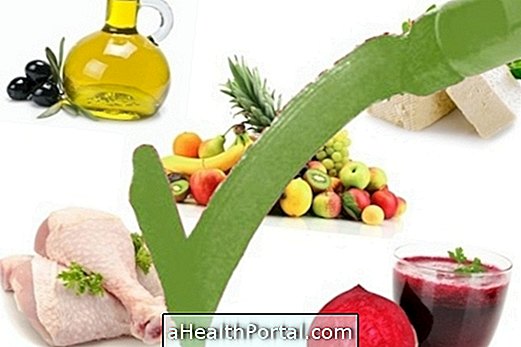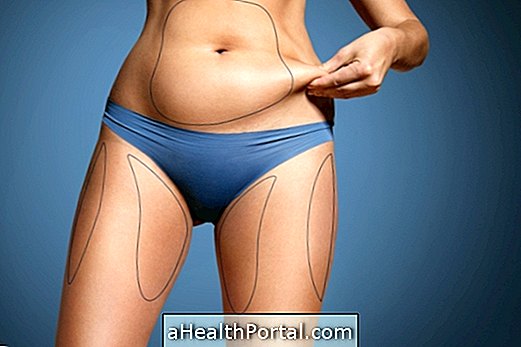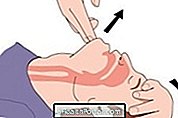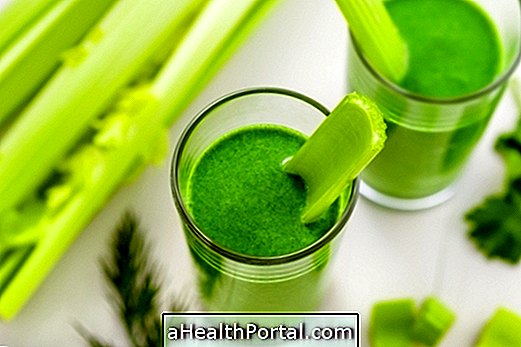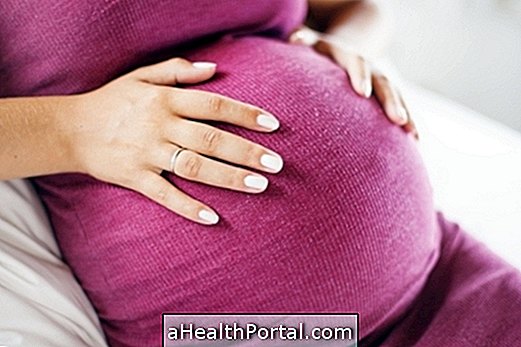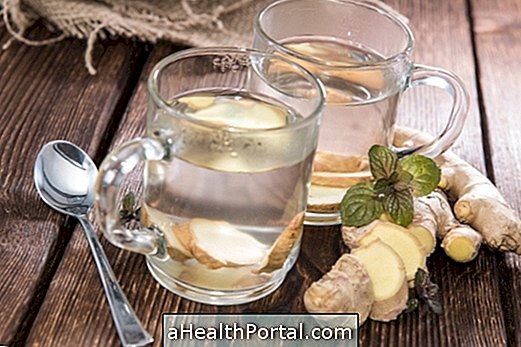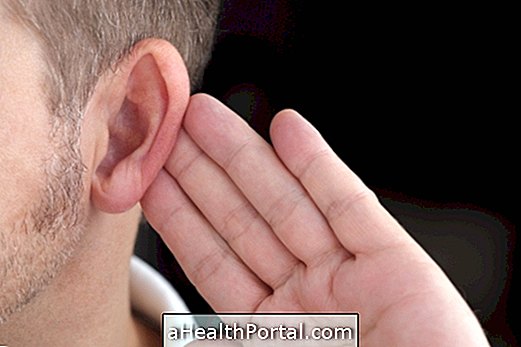Breast engorgement is a condition characterized by the accumulation of milk in the breasts, causing pain and enlargement of the breasts. The accumulated milk undergoes a molecular transformation, becoming more viscous, which makes difficult its exit, receiving the name of milk paved. Here's how to fix the cobblestones.
Breast engorgement can happen at any stage of breastfeeding, but it happens more often in the first few days after the baby is born. Usually this happens due to the incorrect technique of breastfeeding, use of supplements or ineffective sucking of the baby.
Treatment is usually done by means of cold or hot massages and compresses with the aim of alleviating the symptoms of breast swelling and promoting fluidity and consequently the release of milk.
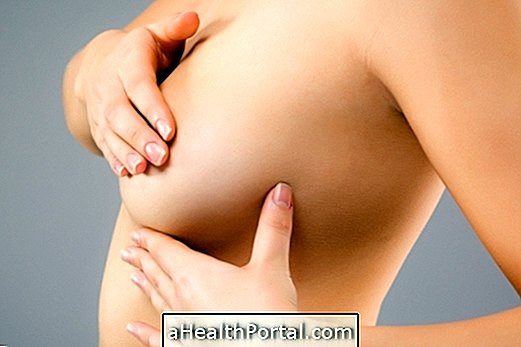
Main symptoms
The main symptoms of breast engorgement are:
- Mamas very full of milk, getting very hard;
- Increased breast volume;
- Presence of bright reddish areas;
- Nipples flatten;
- Discomfort or feeling of pain in the breasts;
- There may be extravasation of milk through the breasts;
- There may be a fever.
The fact that the nipples are flattened makes it difficult for the baby to pick up the nipples, making it difficult to breastfeed. Therefore, it is recommended that before breastfeeding the woman withdraw some milk from the hands or with a milk bomb before offering the breast to the baby.
Causes of breast engorgement
Breast engorgement is a frequent condition in the initial period of breastfeeding and may occur due to delayed breastfeeding, incorrect technique, ineffective sucking, infrequent breastfeeding, and use of supplements as they may increase milk production.
Milk becomes stoned because at the beginning of the breastfeeding period, the production and release of milk is not yet totally regulated, which is called " self-regulation of the physiology of lactation ". Thus, excessive milk production accumulates inside the breast ducts, altering the natural fluidity of the milk, becoming more viscous and making it even more difficult for it to pass through the milk channels out of the breast.
It is important to detect and treat engorgement quickly so it does not affect the production of milk and the situation does not become even more painful for the woman.

What to do
In case of breast engorgement, the woman can adopt some strategies like:
- Remove excess milk with your hands or milk-pulling pump until the breast becomes easier for the baby to pick up;
- Placing the baby to suckle as soon as he suckles the breast correctly, ie, does not delay the onset of breastfeeding;
- Frequent breastfeeding;
- Paracetamol or Ibuprofen may be used to decrease pain and swelling of the breast;
- Apply cold compresses soon after the baby finishes breastfeeding to decrease inflammation of the breast;
- Apply warm compresses to the breast to aid in the release of milk and increase its fluidity.
In addition, light breast massages are indicated to increase milk flow and stimulate its ejection. See other homeopathic options for breast engorgement.
How to prevent
Some ways to prevent breast engorgement are:
- Start breastfeeding as soon as possible;
- Breastfeed whenever the baby wants or at most every 3 hours;
- Avoid using food supplements like Silymarin, for example, as it increases the production of breast milk.
Also, make sure the baby is completely emptying the breast after each feeding. In this way, the risk of breast engorgement becomes minimal and, thus, breastfeeding is beneficial for both the woman and the baby. See what the benefits of breastfeeding are.
